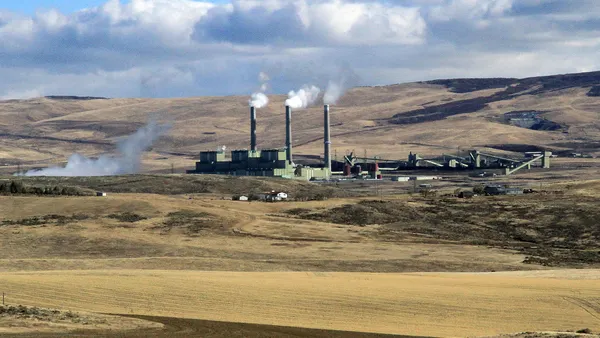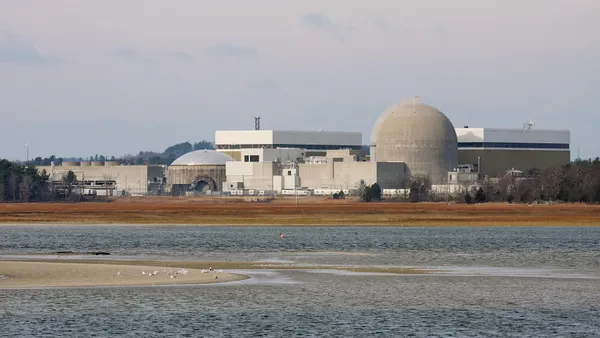Dive Brief:
- California last week adopted the strictest rules in the country aimed at reducing methane leaks, and took a pointed shot at the approach to environmental protection taken by President Trump
- The California Air Resources Board estimates the new rules will reduce methane leaks from oil and gas operations in the state by the equivalent of 1.4 million metric tons of carbon dioxide annually—the same as taking 280,000 cars off the road for a year.
- The rules also add to emergency regulations that were put in place after the methane leak at the Aliso Canyon natural gas storage field, which required additional monitoring and testing at all underground natural gas storage facilities.
Dive Insight:
CARB's new rules come just weeks after Environmental Defense Fund said California gas utilities let 6.6 billion cubic feet escape in 2015—more than was lost in the Aliso Canyon leak. According to EDF's analysis, leaks could be costing California customers $18 million annually in addition to the environmental impacts.
The oil and gas industry is responsible for about 15% of the state’s methane emissions, CARB said.
California's leak reduction efforts were approved as the new administration in Washington, D.C., has been taking steps to roll back regulations and restrictions. The industry is watching for an executive order President Trump is expected to sign, possibly this week, rolling back the Clean Power Plan.
California officials minced no words in announcing the new rules, saying in its release "as the federal government retreats from its own efforts to reduce methane leaks, the California Air Resources Board today approved a new regulation aimed at curbing emissions of the powerful greenhouse gas that regularly escapes from oil and gas operations."
CARB Chair Mary Nichols said in a statement that the Trump administration "has backed away from efforts to develop a federal rule to curb methane leaks from existing facilities—the nation’s largest source of methane pollution."
California has some of the most aggressive climate goals in the nation, aiming for 50% renewables and a 40% reduction in greenhouse gas emissions.













